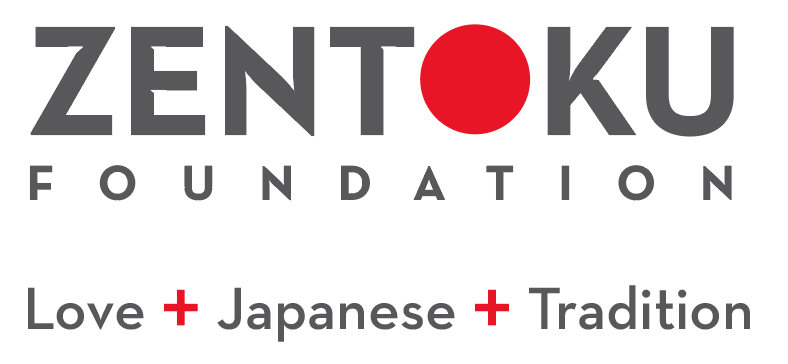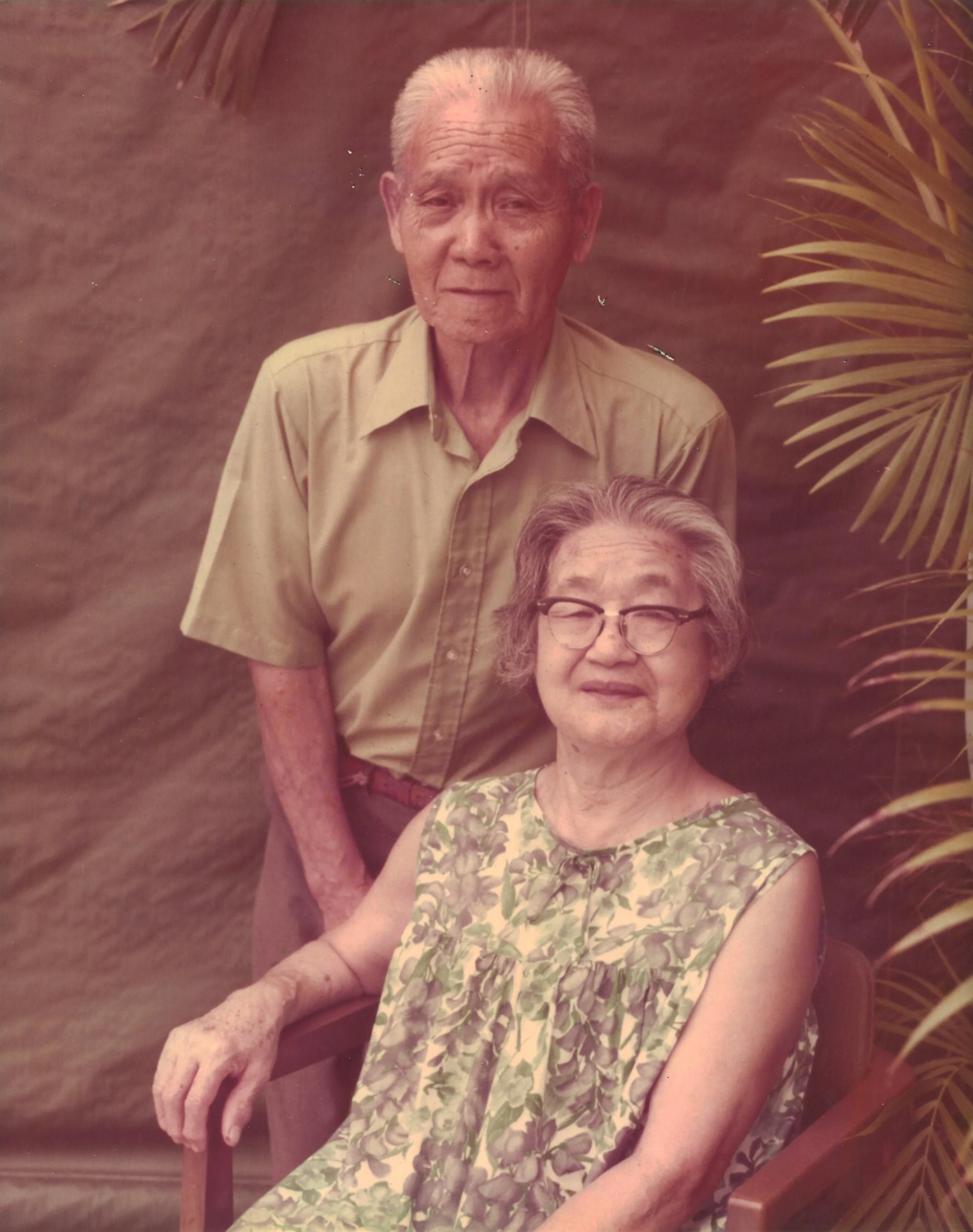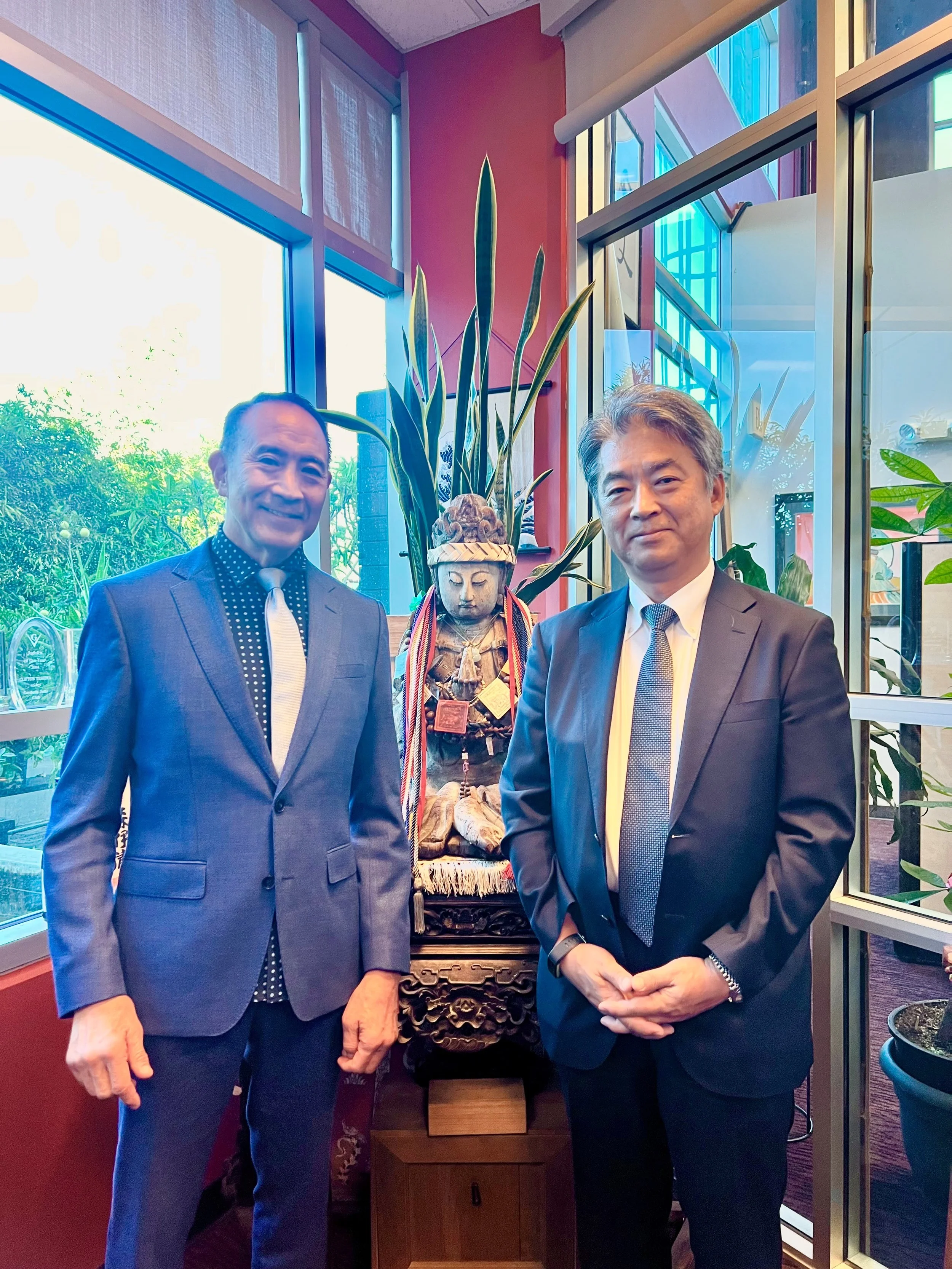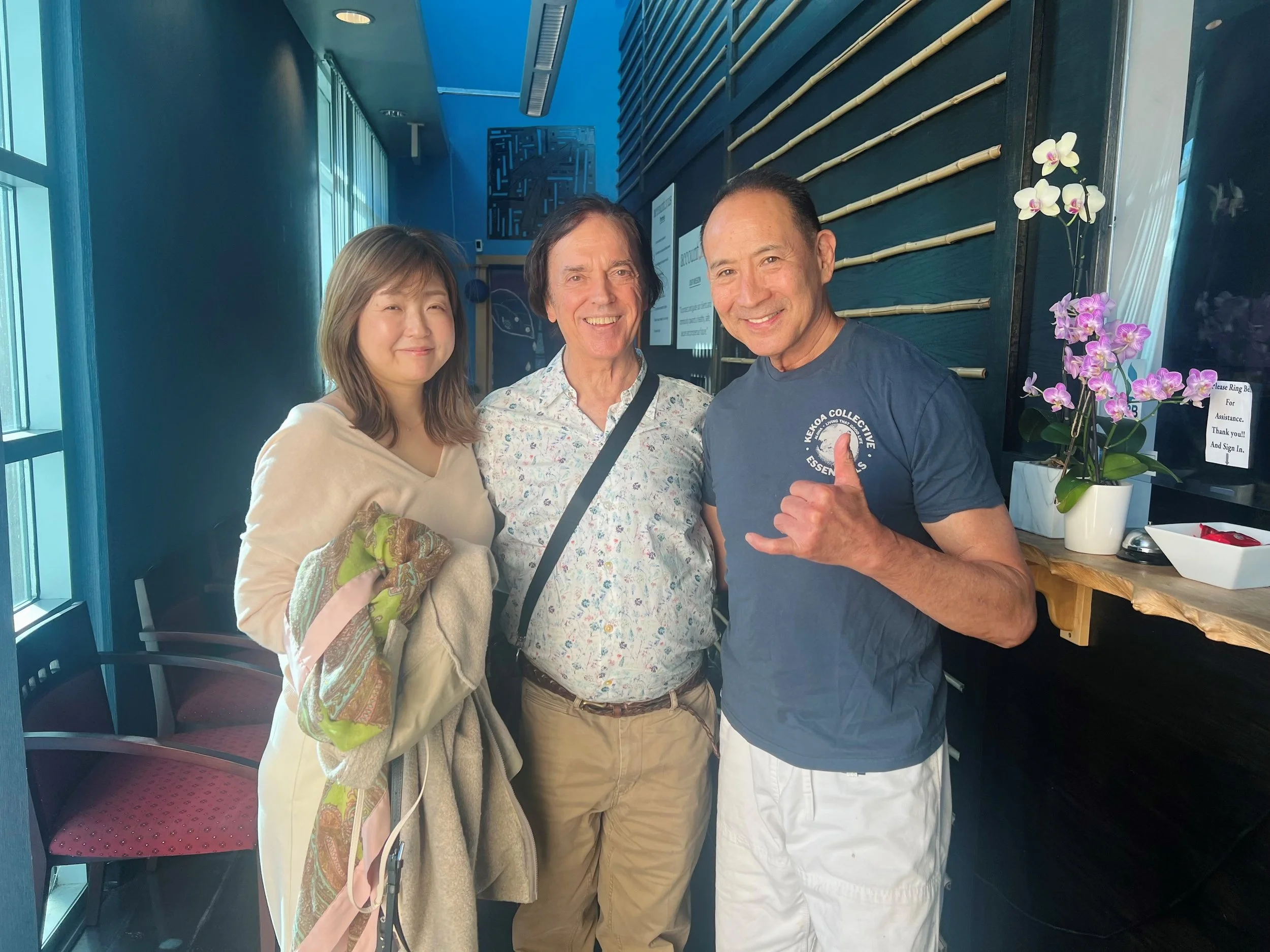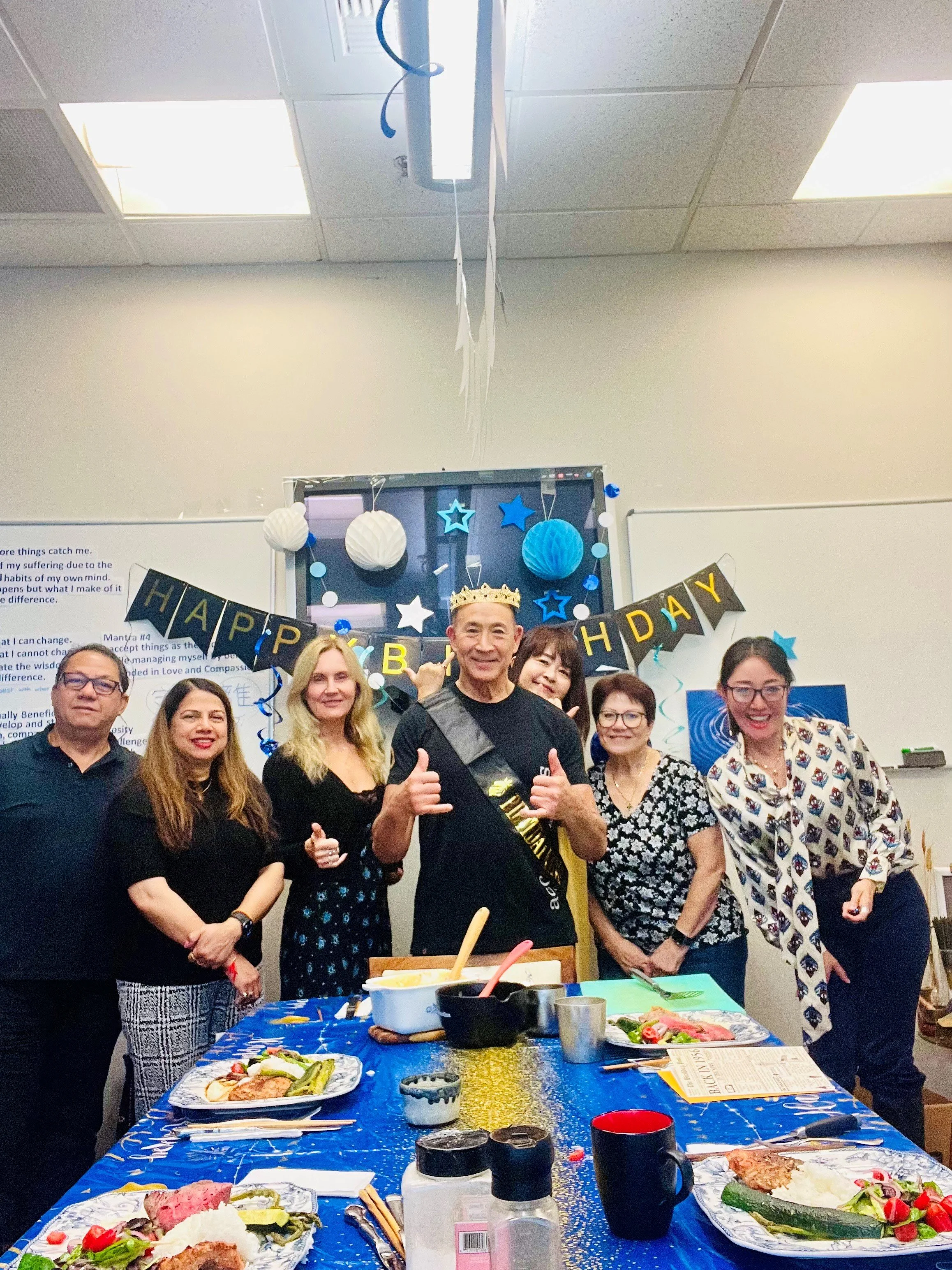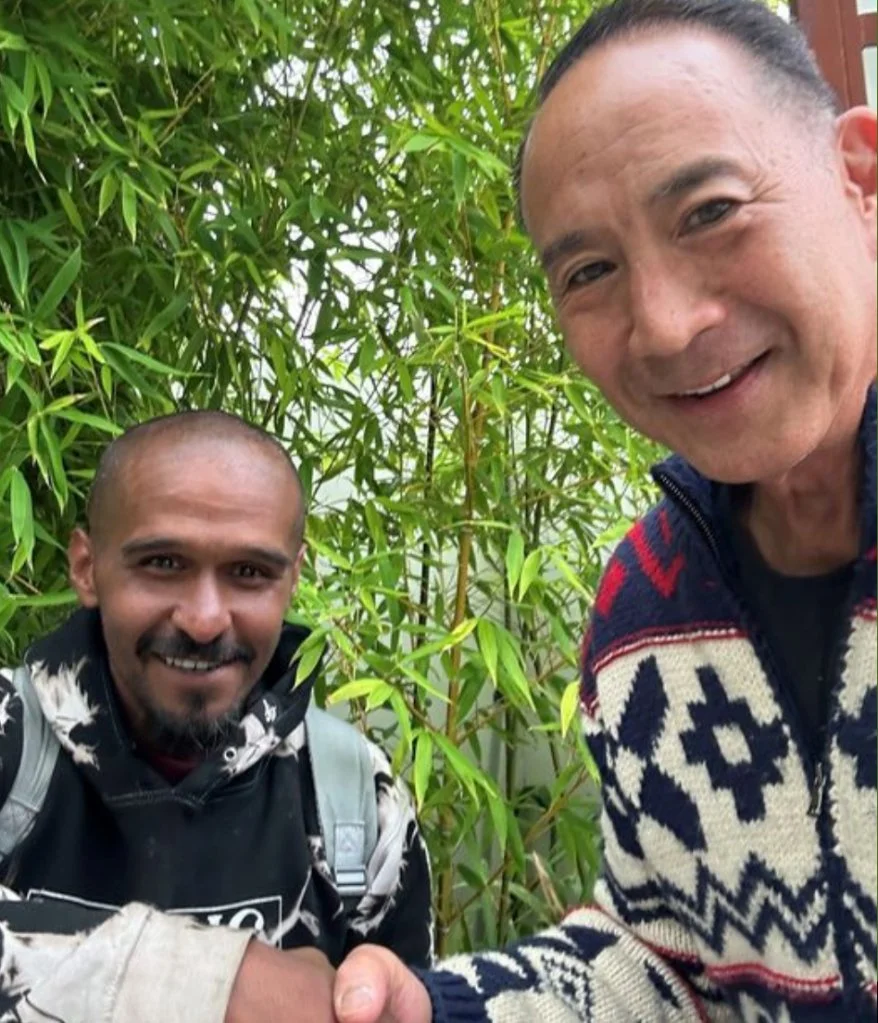Ken Jita Kyoei - One week after accident
Ken Teshima — Life Lessons and Training Put to the Test
By GWEN MURANAKA
A security camera on Saturday, July 29, 2023 captured a terrifying moment that in some ways Ken Teshima had been preparing his entire life for.
On that day, Teshima was struck by a car driven by Alfonso King, an unhoused man that Teshima had been helping by allowing him to park his car in the Torrance parking lot of his firm Accountonus at night. After a brief altercation with Teshima, King got into his car and drove it directly at Teshima, the collision sent the 67-year-old flying into the air, landing hard in a hedge and cracking his skull.
“A judo fall, being thrown by a person, is a lot slower than being hit by a car,” he said.
Venice Muscle Beach competition - Summer 2023 with Kinnikun Nakayama
His associate discovered him dazed and bleeding and called 911. Teshima spent a night in ICU at UCLA Harbor General as doctors monitored subdural hematoma bleeding in his head. Remarkably, he was back at work on Monday.
“When I talk to other people, they say, ‘Wow, aren't you so mad?’ And funny thing was, I wasn't really mad at him. I was more surprised. I was so surprised that I wasn't hurt more, yeah, because based on how I was hit and everything, I should, either I should be dead, yeah, or at least brain damaged.”
The video of the attack was widely seen and reported on by local and national news outlets and he was interviewed by outlets including Inside Edition and Fox 11. King was arrested a few weeks later and sentenced to 13 years in prison for attempted murder, but for Teshima there was no anger.
“I looked in the eyes of Mr. King and encouraged him to take this time to look within and to heal the wounds in his heart. I forgave him for this incident and promised to pray for his healing,” Teshima said in a post on Facebook.
Auge and Kenmotsu sensei - Yoseikan Budo
A lifetime marital artist. Teshima lives his life by the principle of Jita Kyoei (自他共栄) — “Mutual Welfare and Prosperity.”
Gardena Judo Club - Nishioka, Soriano, Ken Teshima, Clifton Teshima
The motto was coined by Jigoro Kano, founder of judo, who believed that the martial art was more than a physical discipline, that at its heart everyone must work in a spirit of cooperation, harmony and for the benefit of others.
Gardena Judo Club - Junior Class
His Torrance office reflects his beliefs. The walls are painted in the vibrant colors of the waters of Hawaii, where he grew up. A dojo on the second floor is where he practices and teaches. In the back, a Zen garden is a place of quiet tranquility.
Grandpa Watanabe
He teaches judo at Gardena Judo Club at the Gardena Japanese Cultural Institute and aikido at the Yoseikan Budo Dojo. While he promotes martial arts, he is concerned that there is too much emphasis on ribbons and trophies and not enough on the spiritual fundamentals that are at the core of the discipline.
“Martial arts are supposed to be education to teach the person how to become a strong and kind person and to do positive things to help society. That's the real martial art message that they need to learn,” Teshima explained.
“My mission is really to remind everyone to teach the right kind of budo to the public and and to never forget from where you came. I was lucky to keep my Japanese roots. And I passed that on to my kids, who hopefully kept most of their Japanese roots.”
Gardena Valley Buddhist Demo
Teshima was born to Robert and Karen Teshima and grew up on Oahu, Hawaii. He started to learn Aikido from seven years old at the Aina Haina dojo in Honolulu. Aikido in America has its beginnings in Hawaii and the teachings of Morihei Ueshiba, the founder of aikido. Teshima’s father, a carpenter who was fluent in Japanese, was among the managing group for Ueshiba.
His grandfather Kunio Watanabe worked in the pineapple fields and he remembered him as very healthy and a devoted practitioner of yoga.
“Through being around my grandfather, I learned a lot about the Japanese soul, and it helped me maintain my Japanese roots and love for Japan,” he said.
Teshima described his first sensei, Larry Hattori, as old fashioned and a tough disciplinarian.
“He said, ‘I’m training you guys really hard, and I know it's tough, but you're going to become strong. You're going to become very strong if you keep this up. But he said, never use this strength to hurt people. Use it to help people. That's number one. He said that all the time.”
“I was taught to be very courageous, self confident and to work hard and to never give up.”
Teshima attended Punahou High, graduating in 1974, and Chaminade University in Honolulu and moved to the South Bay Area where he received his MBA from Golden Gate University. He began his career in the audit department of Arthur Young and Co. (now Ernst and Young) in Honolulu, before opening his own firm in Torrance that provides accounting services to individuals and small businesses. Today, Accountonus has offices in Torrance and Plano, Texas.
For Teshima his journey as a Japanese American is part of a continuum that has its roots in Japan.
Gift to Ken Sensi from the self defense class
A stunning painting by Fulton Leroy Washington takes up an entire wall of his office. The painting, “The Bridge to Japan,” is six feet by 12 feet and pays tribute to Teshima’s heritage and his family’s journey as a bridge from Japan to America. Washington’s story is also one of resilience and triumph over adversity. The self-taught artist was wrongly convicted given a life sentence for a non-violent drug offense. He refined his art while incarcerated and was granted clemency by President Obama in 2016. Since then he has been selected as one of 30 artists to participate in the Hammer Museum's Made in L.A. biennial and his works have been displayed at the LACMA and Miami Art Basel.
Bridge to Japan
Sone san - Kakehachi judo project
Teshima’s painting is Washington’s first to depict an Asian American story: a red bridge tells a generational story. A samurai warrior riding a horse, reflecting Teshima’s roots in Yamaguchi Prefecture is joined by his grandfather, father Robert holding the tools of a carpenter, and uncle, Chikato Teshima, a member of the 442nd Regimental Combat Team, the most decorated unit for its size and length of service in U.S. military history.
Kalina, Ken, Gina
“They showed the their true loyalty, their honor, and character. For our generation, the third generation, it gives us chance, a real chance, to get a good education, get good jobs, and be accepted by the community as equal,” he said.
Teshima is dressed in his white gi. The final figure depicted in the painting is his daughter, Kira Teshima Conlon, who is a partner in Somos Law Group and serves on the U.S.-Japan Council and as a member of the executive board of the Little Tokyo Service Center.
“I want to encourage not only women, Asian women, but I want to encourage the youth to be brave and to pursue your dream in America, but never forget from where you came. That's the key,” Teshima.
He hopes to one day share the painting with the Japanese American National Museum or other Nikkei cultural institution.
Bob Fickes Sensei - My mediation guru
Teshima’s own journey includes a brush with death and 15 seconds of fame.
But more importantly, it made him reflect on his spirituality that has given him a renewed sense of purpose. He was fortunate that he survived the attack and he says it was God that saved him.
“So now I feel it still hits me as hard … is that He saved me for reason to do something good for this world, to keep doing what I'm doing, and to to share my message with the people,” he said.
Ken’s birthday with staff
The violent incident in the parking lot has not deterred Teshima from being a Good Samaritan, continuing to help those less fortunate. While the encounter could have made him less compassionate, he shared a chance meeting with an unhoused, which had a much different ending.
His staff were scared when a man was found in the company’s Zen garden.
“I introduced myself to him. He lives on the street in Gardena. He was tired and came to rest. I gave him a bottle of water and let him sleep a while,” Teshima said.
A small moment of kindness and compassion. Afterwards, Teshima and the man took a photo together, and he asked his name.
“His name was Angel,” he recalled, remembering being at a loss for words.
